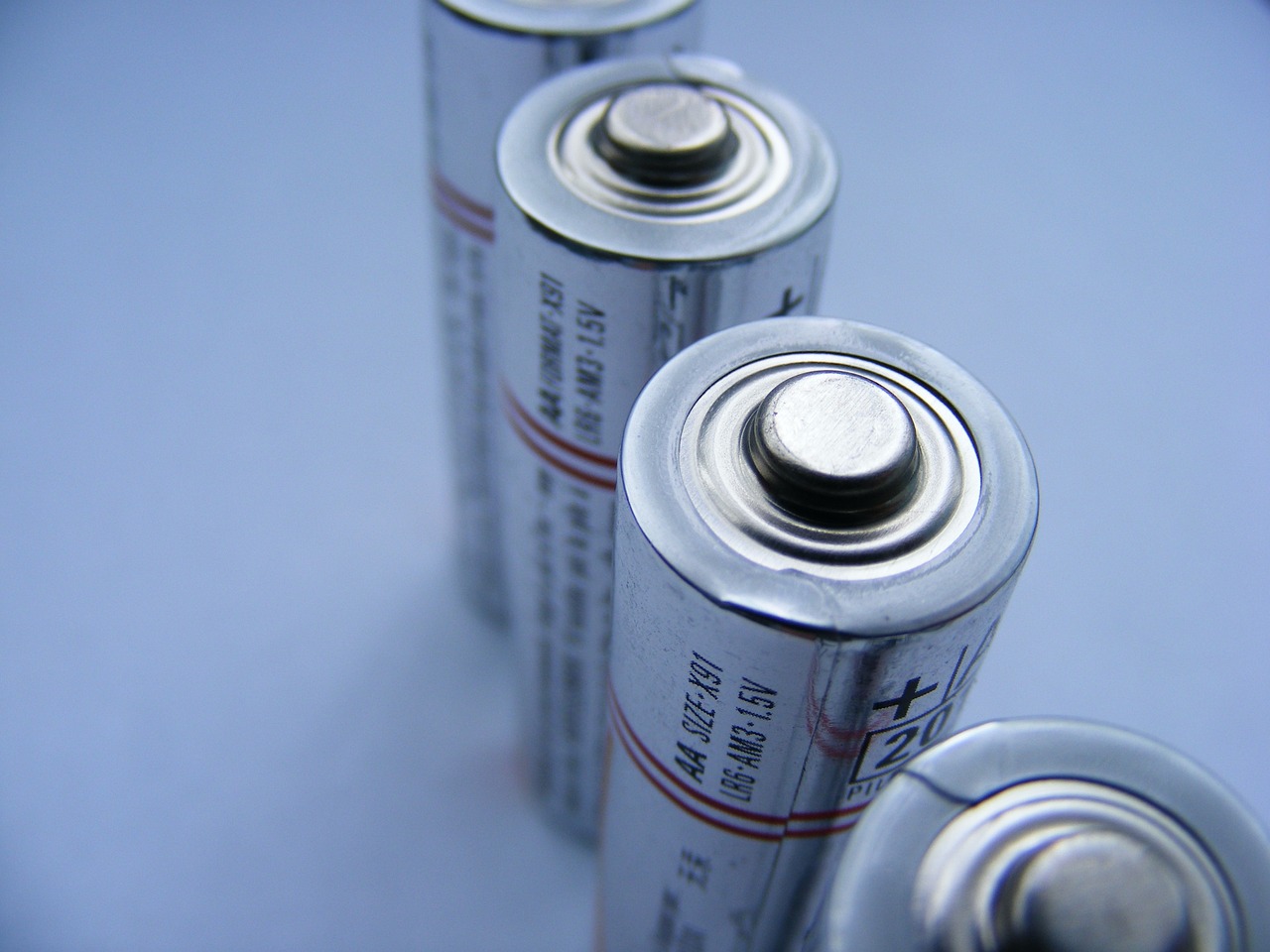This post is also available in:
 עברית (Hebrew)
עברית (Hebrew)
A new lithium metal battery prototype has been developed with a built-in fire suppression mechanism, addressing one of the biggest safety concerns facing high-energy battery technologies. The design integrates a flame-retardant component that activates automatically when temperatures rise to dangerous levels.
Lithium metal batteries have long been considered a promising alternative to lithium-ion technology due to their high energy density—offering up to ten times more storage capacity. This makes them well suited for use in energy-intensive applications. However, their adoption has been limited by the risk of overheating and fire.
These batteries use lithium metal anodes paired with nickel-rich oxide cathodes, a combination that can generate flammable gases under high temperatures. If the gases accumulate and are exposed to the right conditions, the result can be fires or even explosions.
To mitigate this risk, researchers at the Chinese Academy of Sciences’ Institute of Chemistry have embedded a flame-retardant polymer directly into the cathode. According to TechXplore, when the battery temperature exceeds 100°C, the polymer begins to decompose and releases flame-inhibiting radicals. These radicals suppress chemical reactions that would otherwise lead to the production of flammable gases.
In tests published in Proceedings of the National Academy of Sciences, both a standard lithium metal battery and the new prototype were exposed to increasing heat. The conventional battery reached 1,000°C and caught fire within minutes. In contrast, the prototype peaked at just 220°C and did not ignite.
The researchers describe this as a “smart gas management” approach that improves both thermal safety and electrochemical performance. Importantly, the flame-retardant polymer can be integrated using current battery manufacturing processes, potentially easing future commercialization.
This advancement marks a significant step toward making high-energy lithium metal batteries safer and more viable for widespread use. By addressing the thermal hazards without compromising performance, the technology offers a practical path forward for next-generation energy storage. Its compatibility with existing manufacturing lines also means the innovation could be implemented without major infrastructure changes, potentially speeding up adoption across consumer electronics, transportation, and more.

























